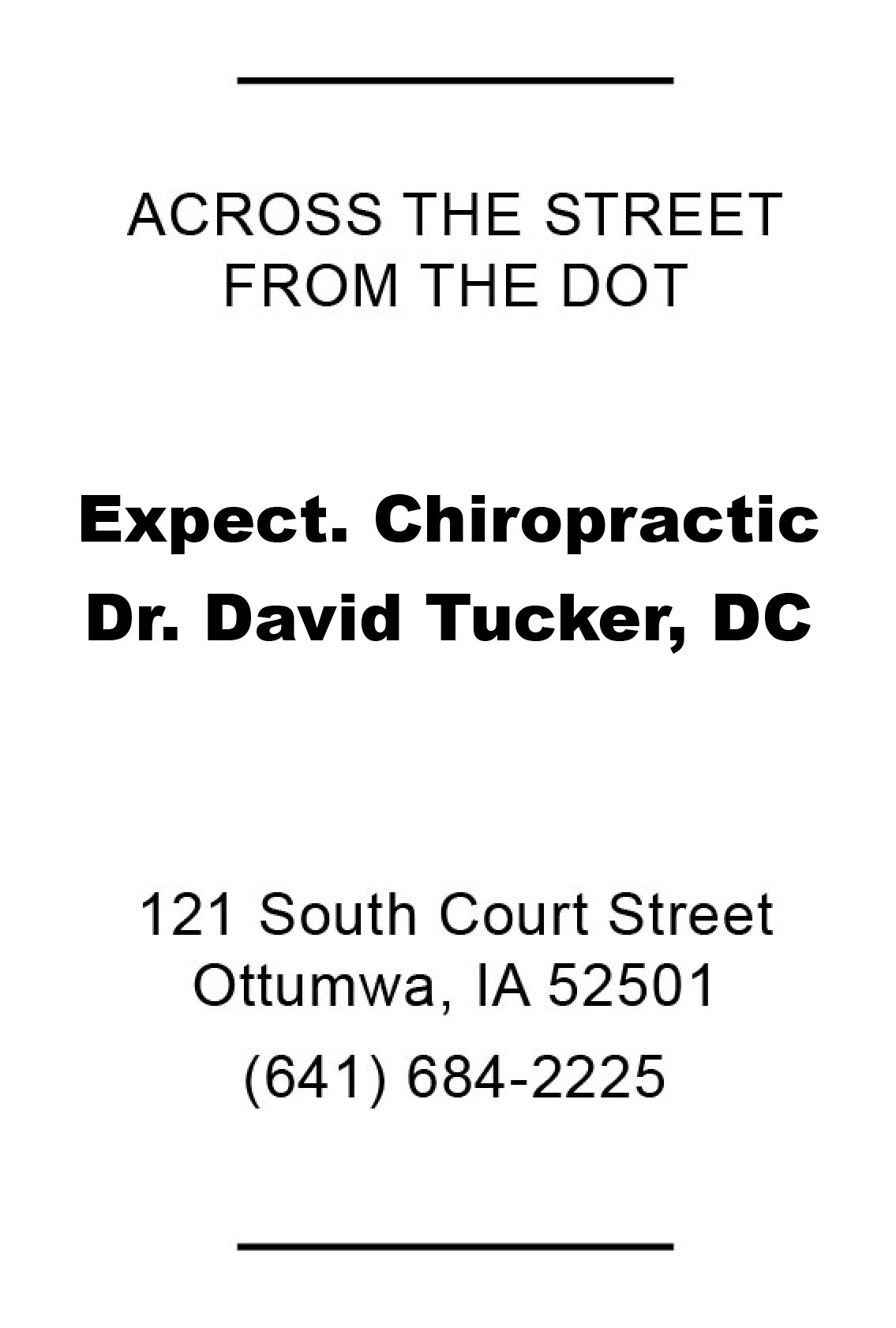Carpal Tunnel
Carpal Tunnel Treatment In Ottumwa, IA
Surgery and anesthesia are the common medical approach to treating carpal tunnel syndrome. Besides being costly and risky to overall health, surgical interventions for carpal tunnel syndrome focus on just one aspect of the disorder, the median nerve. When surgery is performed for carpal tunnel syndrome the goal is to take pressure off the irritated median nerve. However, in 75 percent of surgical cases for carpal tunnel syndrome the symptoms just return within a period of two years after surgery.
New research into carpal tunnel syndrome has revealed that the pain it causes in the wrist and arm is likely just symptomatic of problems elsewhere in the body. In fact, results show that wrist and arm pain is related to misalignments of bones, ligaments, and muscles in the neck.
The study looked at the range of motion for 71 women with carpal tunnel syndrome when they moved their necks. When the data was compared to the range of motion in the neck for women without carpal syndrome, it was found that women with carpal syndrome had significant limitations and restrictions to their neck movement. In fact, the more severe the pain in the arms and wrist were from carpal tunnel syndrome, the more restricted was the motion of the neck when it was flexed towards the side of the body most affected by carpal tunnel syndrome. For women with just moderate pain from carpal tunnel syndrome, bending the neck towards the side of the body experiencing carpal tunnel pain was much easier.
The results of this study only confirm something that chiropractors have known for decades: carpal tunnel pain has its origins in the upper spine, not the arm and wrist itself. The chiropractic approach to treating carpal tunnel syndrome is much less intrusive than surgery. First the chiropractor will seek to relive the irritation and pain in the wrist in arm, then will turn the focus on the neck. In treating carpal tunnel syndrome chiropractors have a range of therapeutic approaches from spinal adjustment to trigger point therapy, and from prescribing home exercise to advice on how to avoid further injury.
This natural, holistic approach to treating carpal tunnel syndrome is supported by evidence-based research to be effective for many patients with carpal tunnel syndrome. Trigger point therapy alone was found by a 2010 study to help improve painful symptoms from carpal tunnel syndrome for 67 percent of patients. (view original article here)




